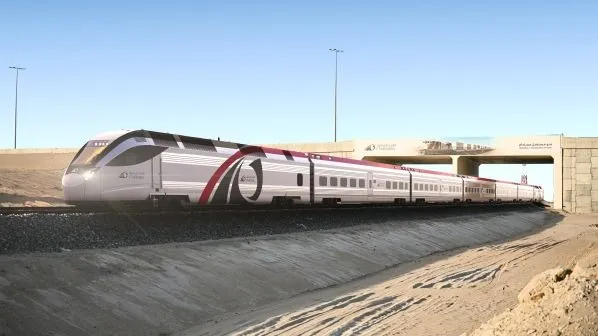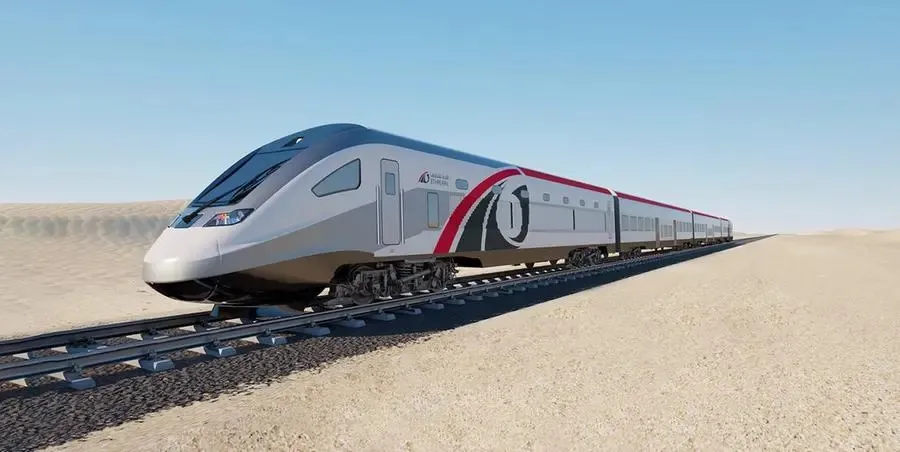The UAE has unveiled the locations for its inaugural passenger railway stations, marking a significant step in the development of the Etihad Rail network. This announcement follows the commencement of construction by various contractors.

Main Station Locations
The Etihad Rail project has confirmed the locations of its primary passenger stations in Dubai, Abu Dhabi, and Fujairah. The specific sites are:
- Dubai: Behind Jumeirah Golf Estates metro station on the Red Line.
- Abu Dhabi: Along the pipeline corridor between Mussafah Industrial Area and Mohammed Bin Zayed City, near Dalma Mall and Musaffah bus station.
- Fujairah: Parallel to Al-Hilal Street within Al-Hilal City development.
These elevated stations are being constructed by China Railway International Group, with design input from China Southwest Architectural Design & Research Institute (CSWADI) and Jouzy Consulting Engineers.

Passenger Hubs and Spur Lines
The stations, along with the Sharjah University Station, will serve as key hubs for the conventional speed railway, which will operate at speeds of up to 200 km/h. This railway will run along the existing 1,200-kilometre Etihad Rail freight track from Al-Sila to Fujairah.
- Dubai: The station will be accessed via a spur line branching off from Jebel Ali Port, connecting to the Jumeirah Golf Estates metro station and the Dubai Metro Red Line.
- Abu Dhabi: The station will be located on a spur line diverging from the main track between Sheikh Khalifa Bin Zayed Al-Nahyan International Road and Al-Rawdah Road.
The spur lines for Dubai and Abu Dhabi stations are being constructed by Etihad Rail’s subsidiary, National Infrastructure Construction Company (NICC), with National Projects & Construction (NPC) as a subcontractor. The spur line to Sharjah University Station is under a separate contract with Tristar Engineering & Construction.
Additional Developments
Several smaller passenger stations are planned at grade level along the existing network to cater to local traffic. Jacobs, a US-based firm, is overseeing the overall engineering and construction services.

High-Speed Rail Future
The conventional speed railway is a precursor to the proposed high-speed railway linking Abu Dhabi and Dubai. Initial soil testing and preliminary works for this multibillion-dollar project have commenced, with full operation anticipated by at least 2030. The high-speed railway will feature tracks capable of speeds exceeding 250 km/h and will likely involve elevated or underground sections to ensure direct routes between city centres.
The confirmation of these locations is a significant milestone for the UAE’s rail infrastructure development. Construction is expected to be completed within 18-24 months, paving the way for a modern, efficient passenger rail service in the region.
